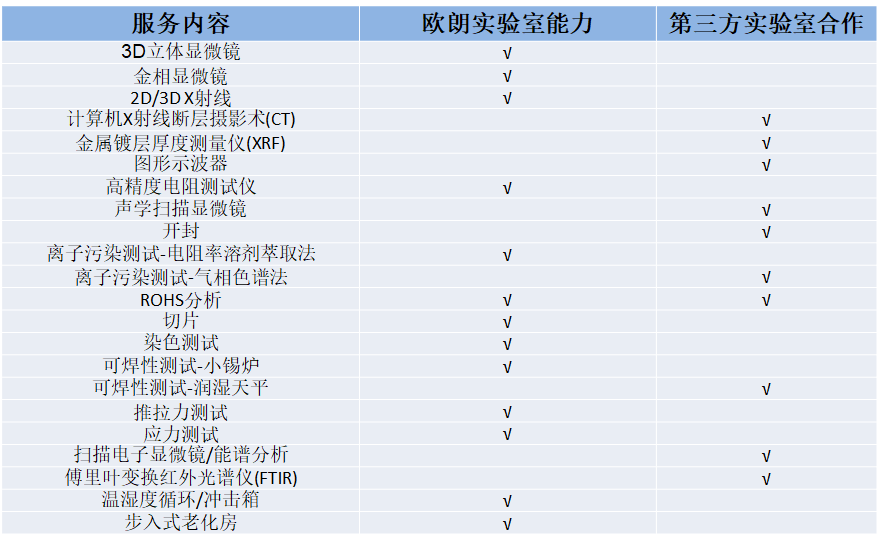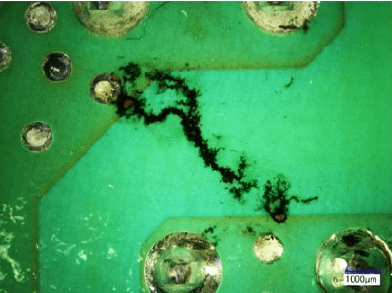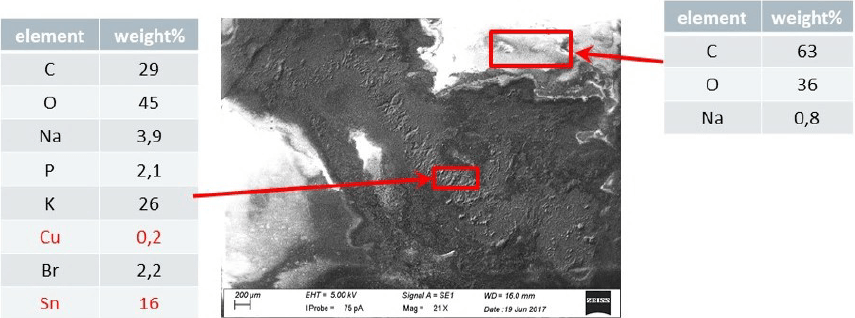Anticipate, Prevent: Failure Analysis Services from eolane
Date:2023.12.27
Type: éolane News
In this fast-changing world, the continuous and reliable operation of equipment and systems is the key to success, whether in the manufacturing, technology or service industries. However, every mechanical and electronic device can experience unpredictable failures.
What is Failure Analysis?
Failure analysis is a method of identifying and determining the cause of failure of a product, material or component. It provides a comprehensive understanding of the causes, mechanisms and factors involved in equipment failure through in-depth laboratory testing, field evaluation and detailed engineering analysis.
Why Choose Eolane?
Experienced: Eolane team consists of senior engineers who have extensive experience in EMS failure analysis and can handle a wide range of complex failure cases.
Well-equipped: Eolane is equipped with laboratories that use advanced testing and analyzing equipment, such as Keens 3D microscope, chapter and stress analyzing equipment, and cooperates with third-party authoritative laboratories to find the cause of failure quickly.
Customized services: Eolane provides customized analysis solutions for each customer to meet specific needs.

Case 1
Electrochemical Migration Failure Analysis
Background:
Product: A consumer electronics power module.
Problem: Failure after high voltage test.
Failure phenomenon: short circuit.
Failure Analysis: visual inspection: stereo microscope found that there are dendritic contaminants between the PTH solder joints, suspected of electrochemical migration.

Electrical performance test: multimeter measurement between the PTH solder joints resistance value of 0.
Physical analysis: SEM/EDS analysis of the main components of the dendrites for the metal Sn, Cu, dendrites around a large number of residual C, O organic matter.

Failure causes: wave soldering flux residue after too much, in the humid environment of high-voltage power generation after electrochemical migration caused by short-circuit solder joints.
Suggestion:
- Optimize the process, you can change the wave soldering to selective soldering or increase the cleaning process to reduce flux residues.
- Three anti-protection, can increase the coating process, to avoid exposure to humid environments.
- Cleanliness monitoring, sampling and testing of ionic contamination.
Case 2
Conductive anode wire failure analysis
Background:
Product: An industrial sensor.
Problem: Failure after one year of use.
Failure phenomenon: micro-short circuit.
Failure analysis: visual inspection and X-ray test: no obvious abnormality found.
Electrical performance test: multimeter measurement between the PTH solder joints resistance value becomes small.
Physical analysis: Slicing and analyzing the micro-shorted PTH position, and found that the metal wire migrated.

Failure causes: PCB drilling caused by glass fiber broken ring and moisture absorption separation line into the channel, under the action of the electric field metal Cu along the glass fiber channel formed by the wire, resulting in a decrease in resistance value.
Suggestion:
- Optimize the PCB design, increase the hole spacing, through-hole plug hole design.
- PCB substrate selection of CAF-resistant materials.
- Improve PCB drilling, monitor the number of drills used or use laser drilling.
- Optimize PCB copper sinking process.
Failure analysis has a wide range of applications. Failures can occur at all stages of a product's life, and eolane failure analysis services can help you anticipate, prevent, and propose solutions for all types of risks and obstacles in complex industrial environments, saving costs and improving the overall quality and reliability of your products.






